Category: Brain
-
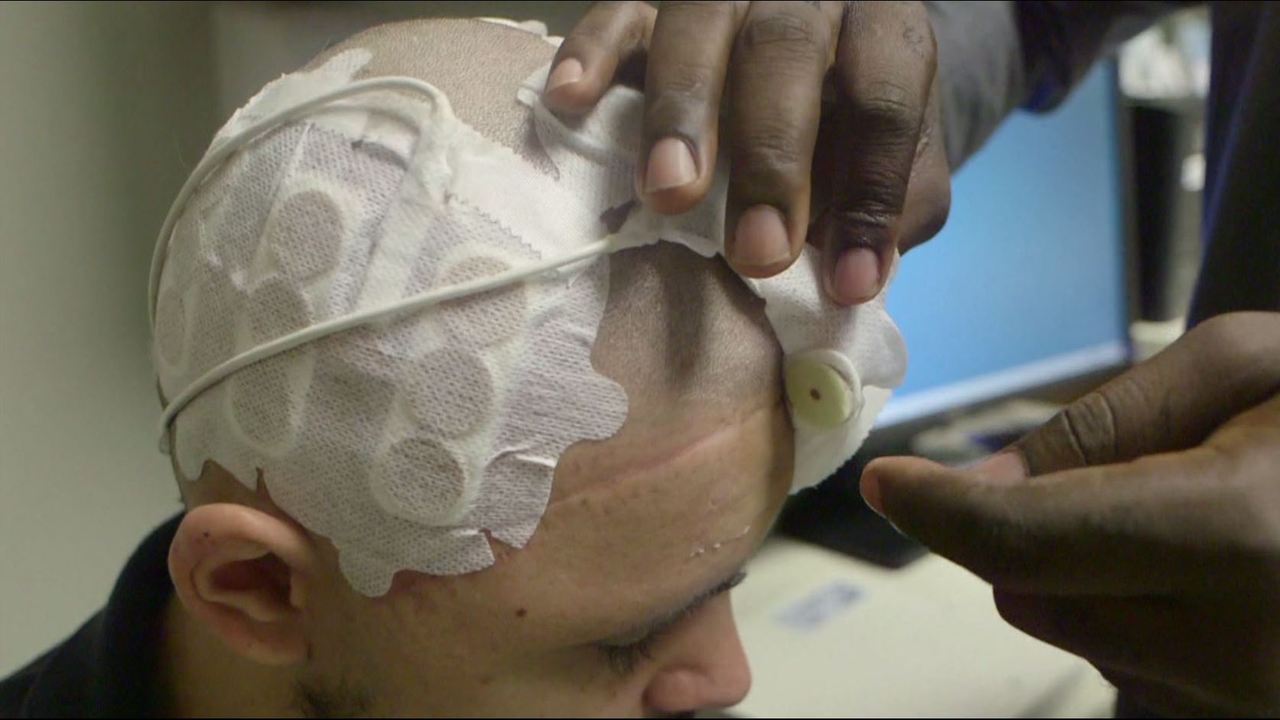
Non-invasive electric field treatment for glioblastoma
Optune by Novocure uses targeted electric fields to disrupt cancer cell division and cause cancer cell death. 500 hospitals globally can prescribe the FDA approved treatment to glioblastoma patients. “Tumor Treating Fields” are low intensity, alternating electric fields within the intermediate frequency range. TTFields disrupt cell division through physical interactions with key molecules during mitosis.…
-

Anxiety reducing VR game
Deep VR teaches breathing techniques meant to reduce the anxiety of users during a game. Its developers believe that the skills learned can also help manage stress during daily life. It is the basis of a Radboud University study, in the lab of Isabela Granic, that aims to alleviate anxiety in children. 100 children have…
-
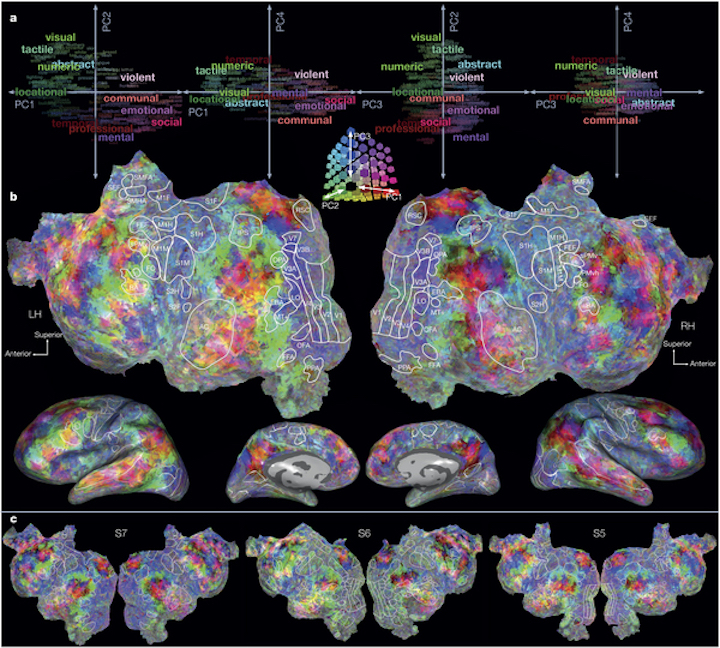
Semantic brain atlas created with fMRI
Jack Gallant and Berkeley colleagues have used fMRI to understand how language-related information is represented and processed in the human brain. Brain blood flow changes were measured once every second, as subjects listened to natural narrative stories. Mathematical models and big data analysis were used to create detailed maps, showing how different aspects of language…
-

EEG “password” uses stimulus response to confirm identity
Binghamton researchers have developed an EEG “brainprint” system that can identify people with 100 per cent accuracy, according to a recent study. A brain-password is recorded when a user’s stimulus response activity is recorded via EEG. Identity is then confirmed by exposing the user to the same stimulus, recording their response, and using a pattern…
-
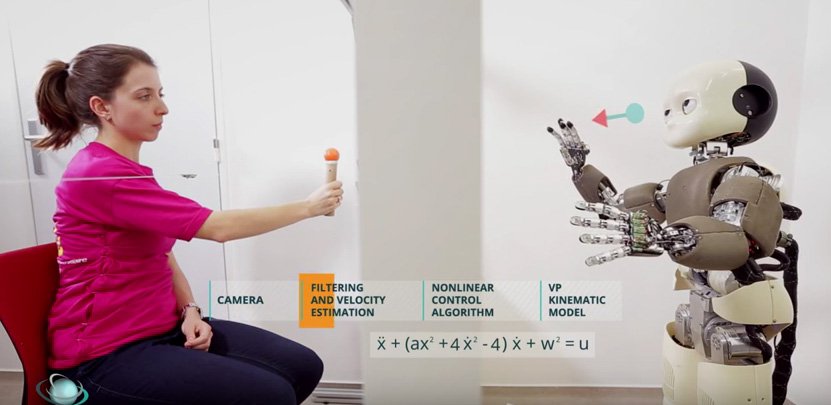
Avatar and robot based games to treat social anxiety
AlterEgo is an interdisciplinary collaboration that is investigating a “new robotic-based clinical method” to help people suffering from social anxiety. The scientists believe that lookalike avatars and robots can be a more comfortable interaction for patients, facilitating a more effective therapeutic experience. According to project lead Krasimira Tsaneve-Atanasova: “This resemblance can be morphological (form of a…
-
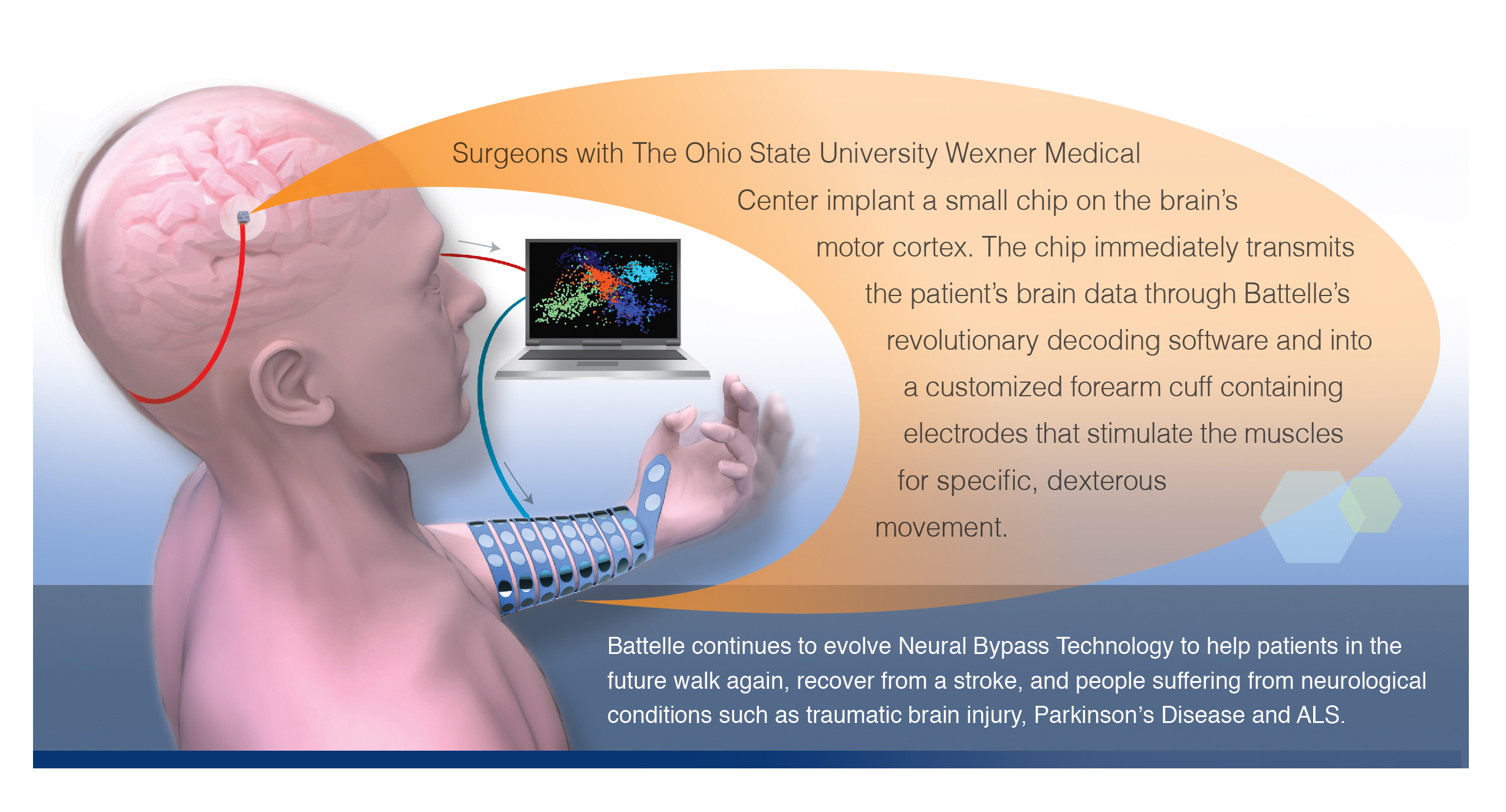
Implanted chip enables quadriplegic to move arm with thoughts
Battelle’s NeuroLife system has allowed a quadriplegic man to to make complex movements with his hand and fingers, using signals from his brain. The breakthrough invasive device uses an artificial neural bypass that reroutes signals from the brain to the affected muscles. A tiny, 96 channel microelectrode array was implanted in the patient’s motor cortex. A cable port was…
-
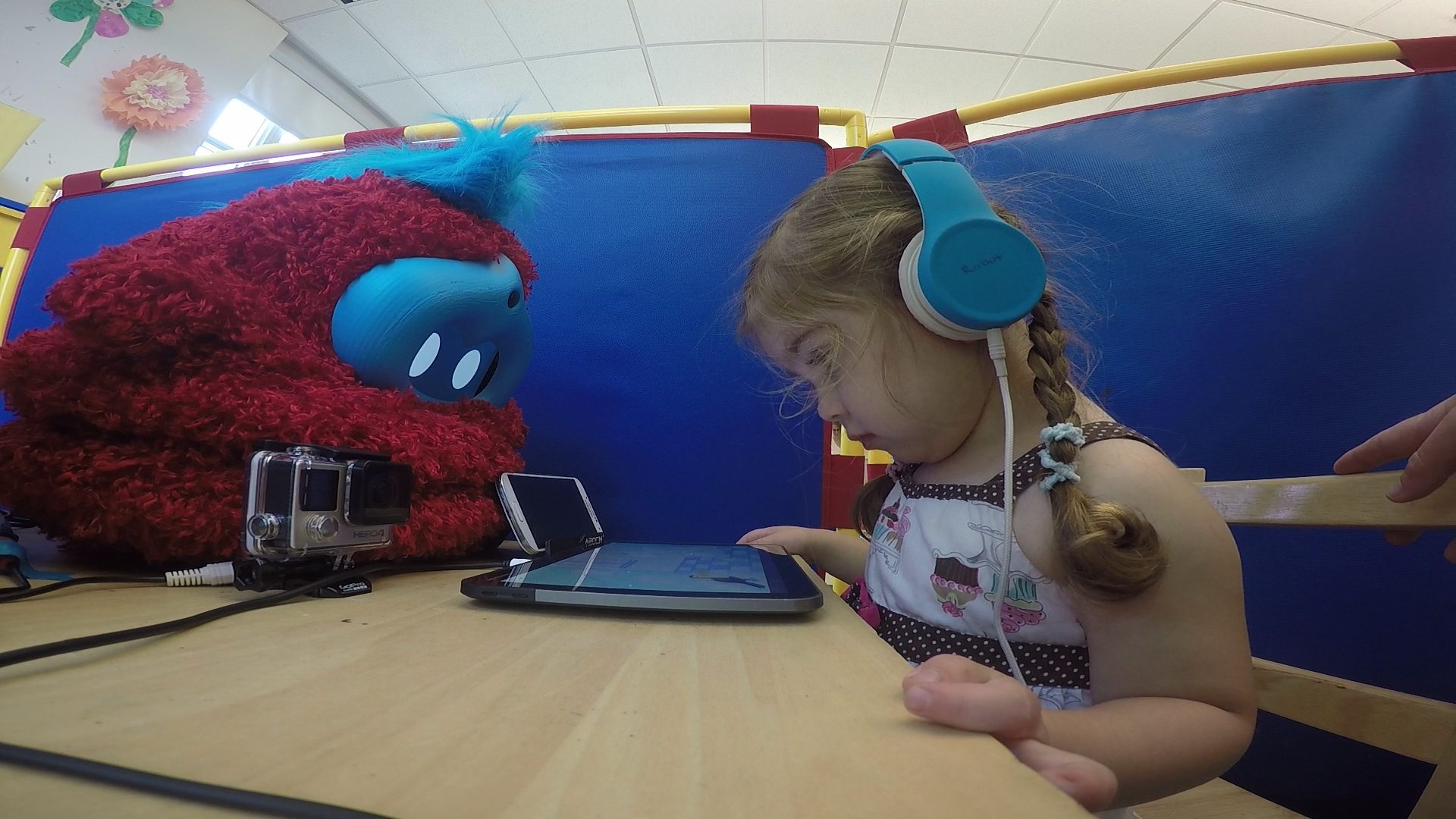
“Socially assistive” robot helps children learn
Tega is a “socially assistive” robot that senses the emotional state of a learner, and based on those cues, creates a personalized motivational strategy. It was developed by Cynthia Breazeal at MIT to enable long-term educational interactions with children. It uses an AFFDEX Android device with emotion/facial expression recognition software by Rosalind Picard‘s Affectiva, to process movement,…
-
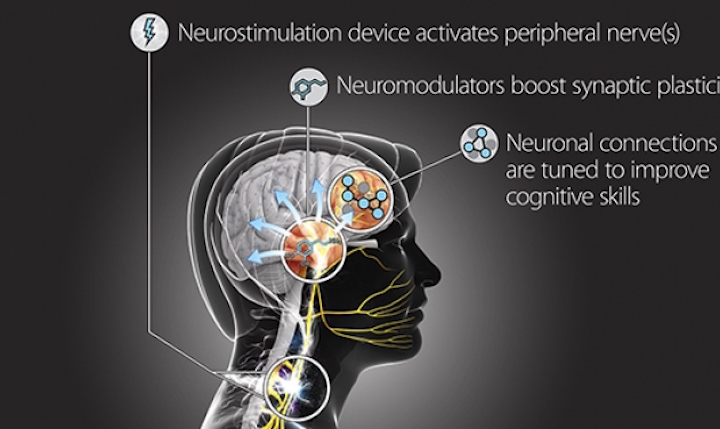
Peripheral nerve stimulation to enhance learning processes
DARPA is using peripheral nerve stimulation to enhance learning processes — challenging the idea that the brain tells the peripheral nervous system what to do. Targeted Neuroplasticity Training seeks to advance cognitive skills training through the precise activation of peripheral nerves that can strengthen neuronal connections. Unlike many of DARPA’s previous neurotech projects, it not only restore…
-
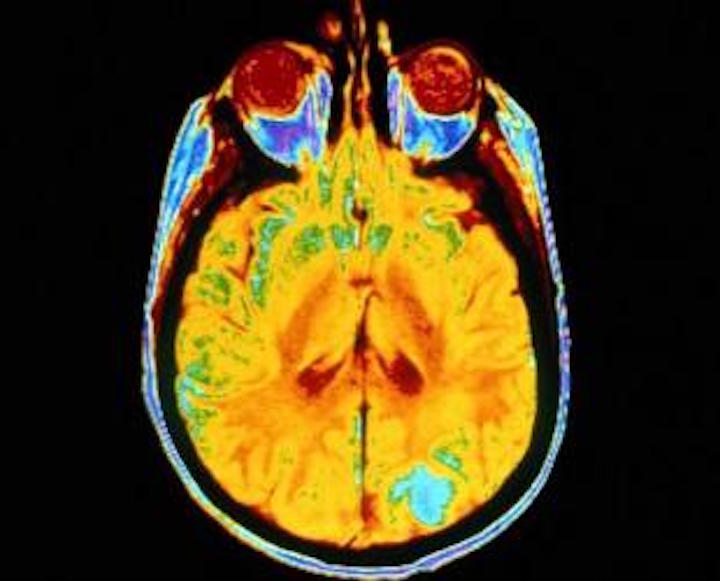
Amyloid PET Imaging for dementia diagnosis, treatment, research
Emily Rogalski and Northwestern colleagues have developed a novel imaging technique to view amyloid protein build-up in primary progressive aphasia. Previously, amyloid accumulation in the brain could only be studied after death — and after it had spread throughout the entire brain with Alzheimer’s progression. Amyloid PET Imaging allows researchers to study the build-up during…
-
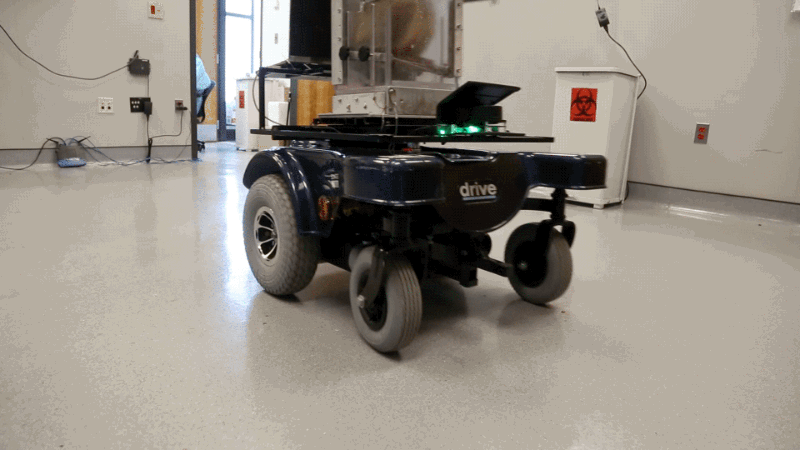
BCI controlled wheelchair
Miguel Nicolelis has developed a brain computer interface that allows monkeys to steer a robotic wheelchair with their thoughts. The study is meant to demonstrate the potential of humans to do the same. Signals from hundreds of neurons simultaneously recorded in two brain regions were translated into the real-time operation of a wheelchair. Nicolelis said: “In…
-
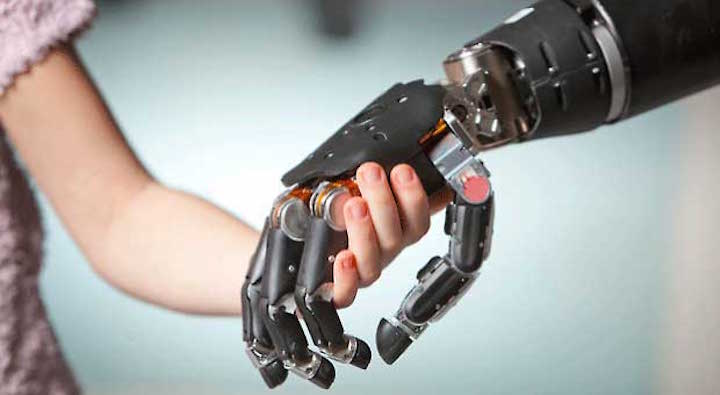
Mind controlled prosthetic fingers
Johns Hopkins researchers have developed a proof-of-concept for a prosthetic arm with fingers that, for the first time, can be controlled with a wearer’s thoughts. The technology was tested on an epileptic patient who was not missing any limbs. The researchers used brain mapping technology to bypass control of his arms and hands. (The patient was…
-
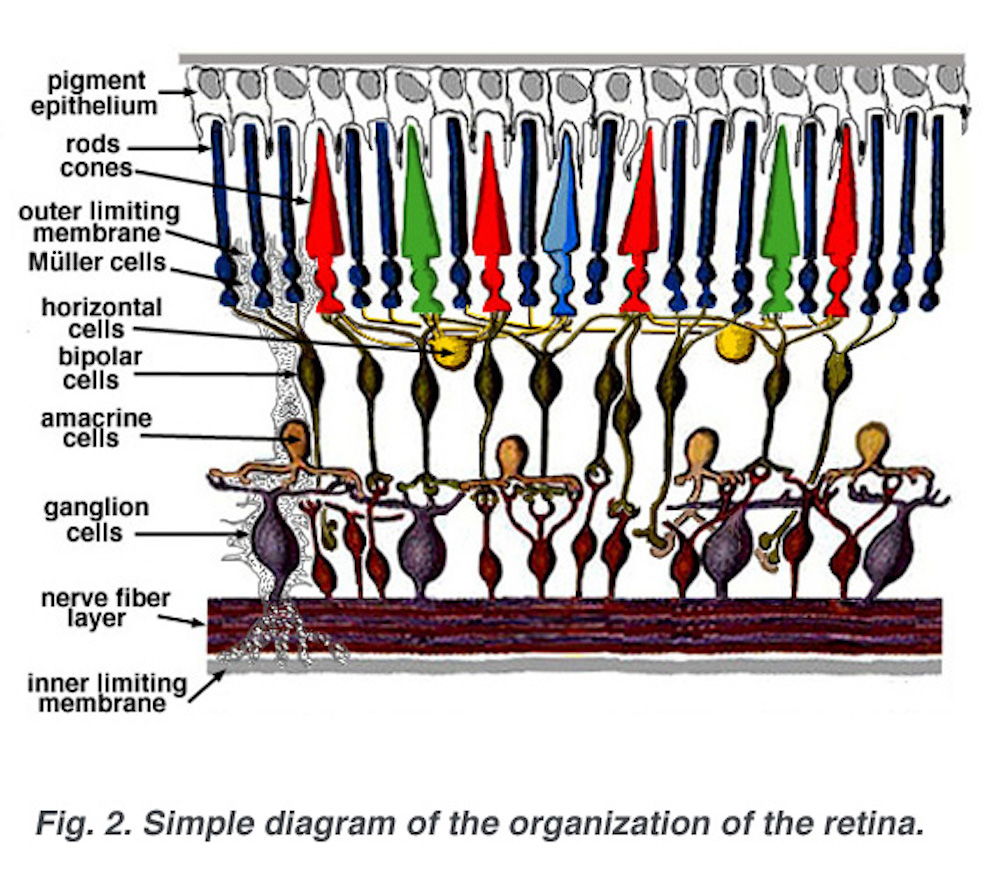
First human optogenetics vision trial
Retina Foundation of the Southwest scientists, in a study sponsored by Retrosense Therapeutics, will for the first time use optogenetics — a combination of gene therapy and light to control nerve cells – in an attempt to restore human sight. Previously, optogenetic therapies were only tested on mice and monkeys. Viruses with DNA from light-sensitive algae will…